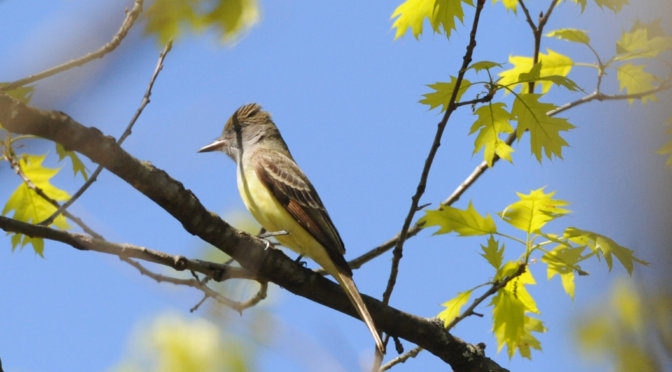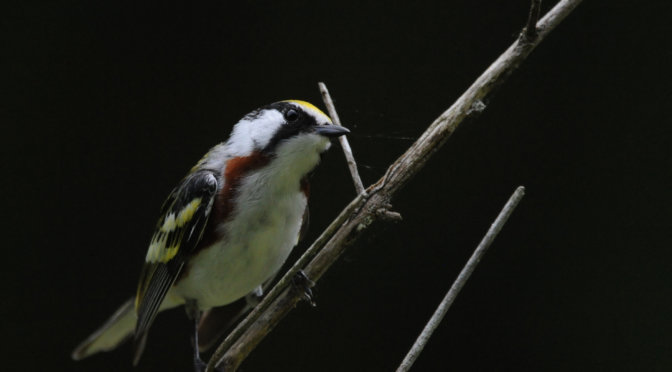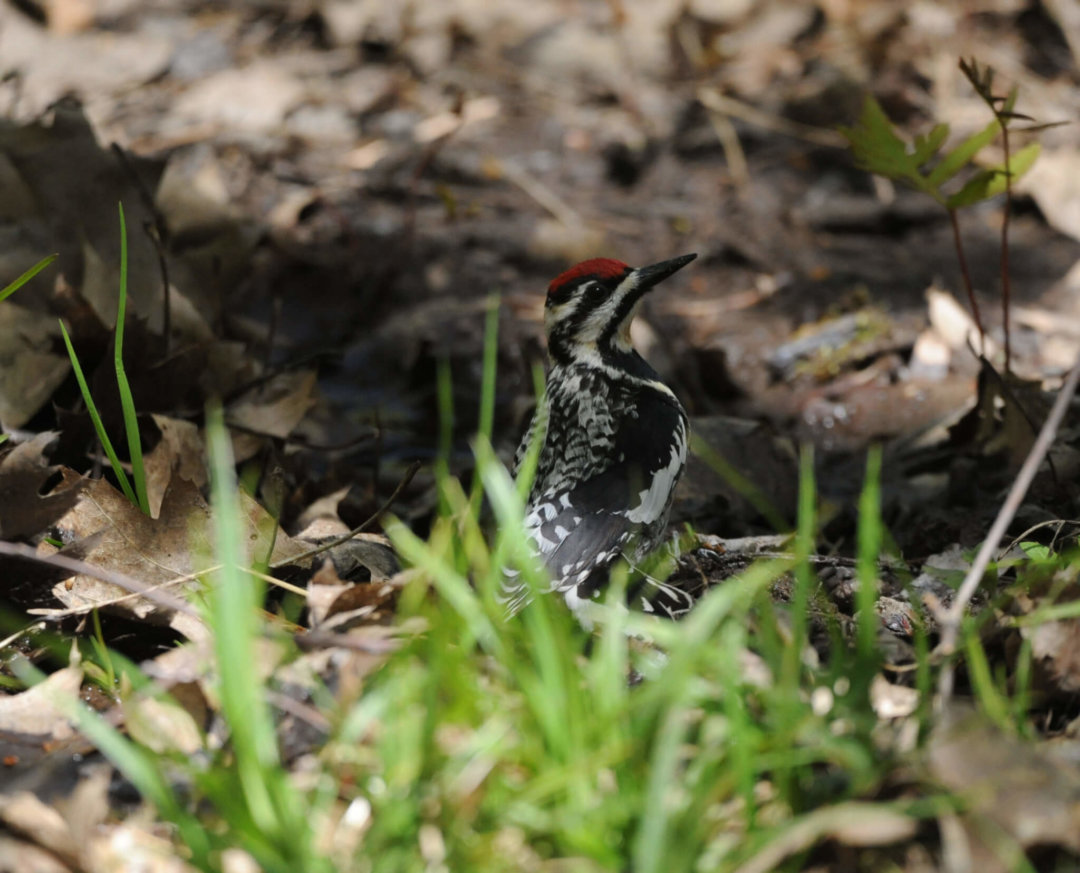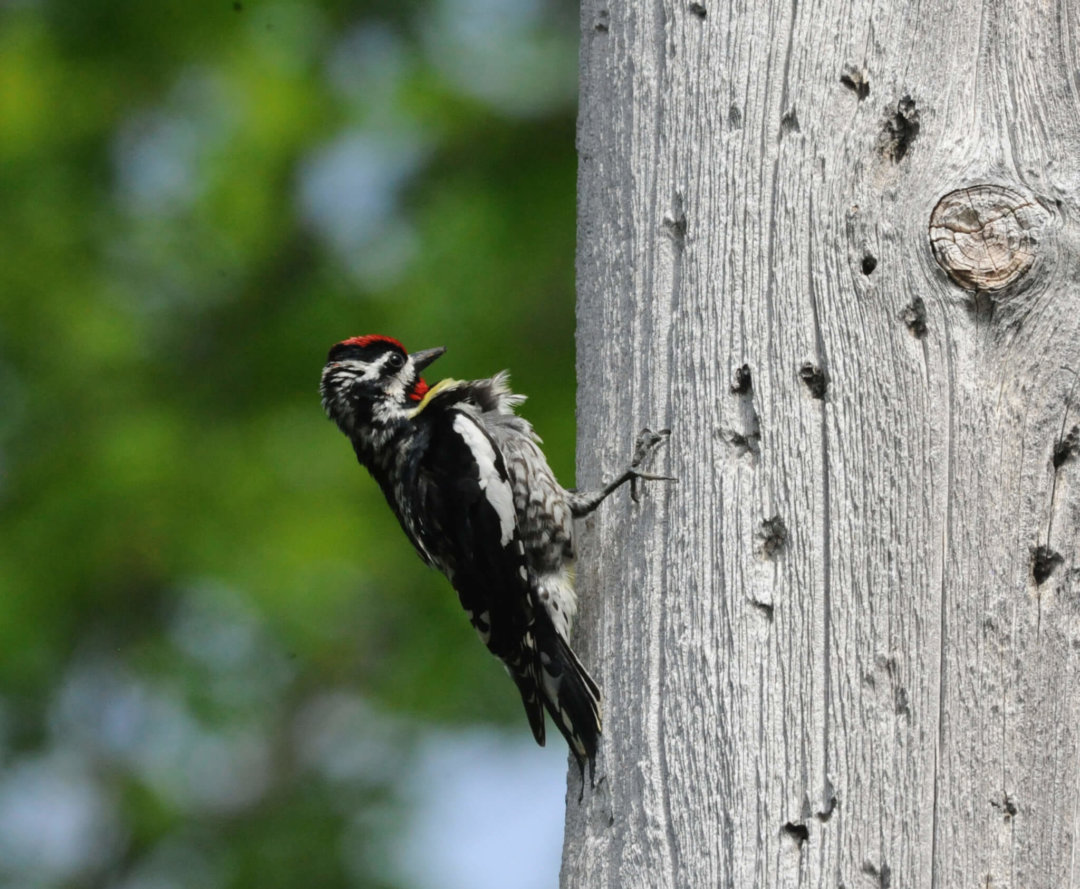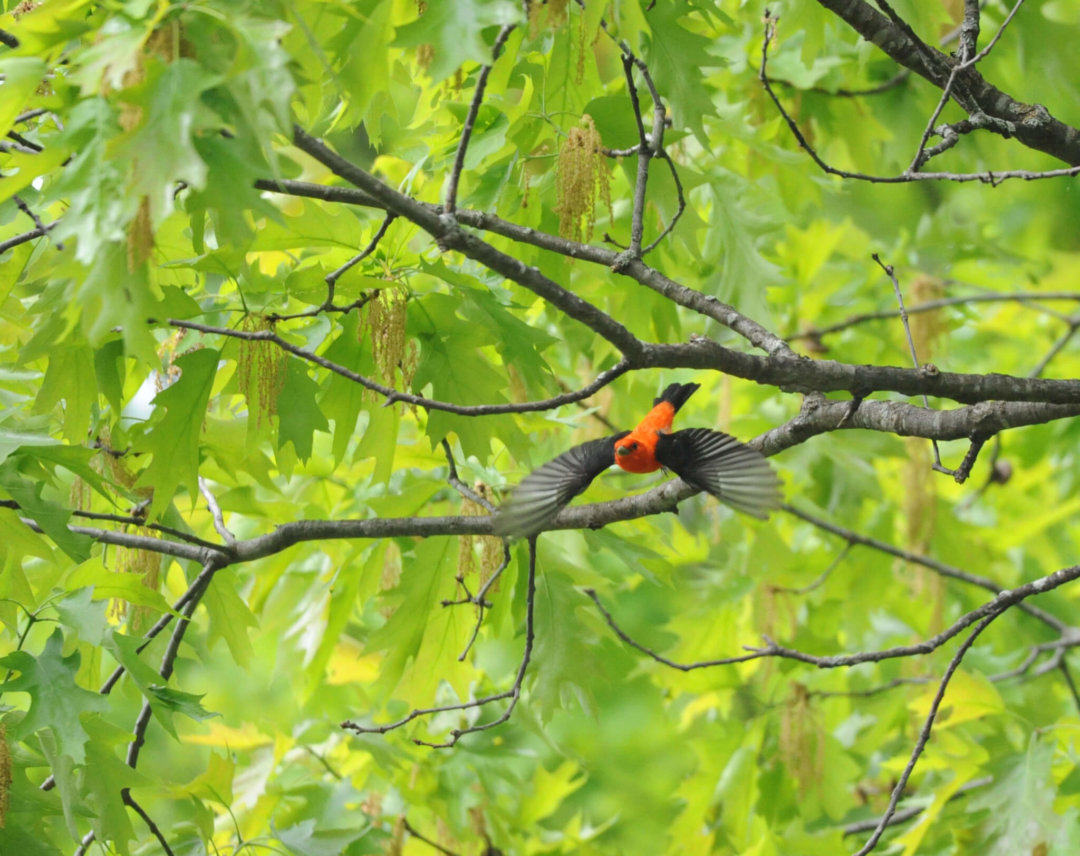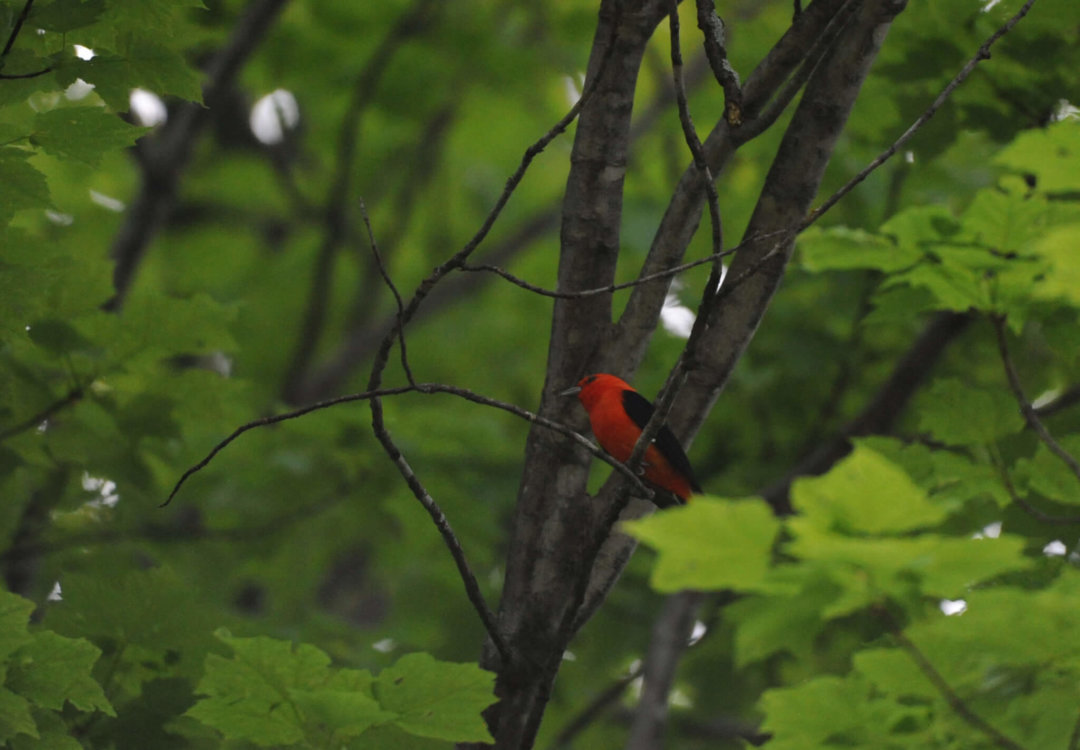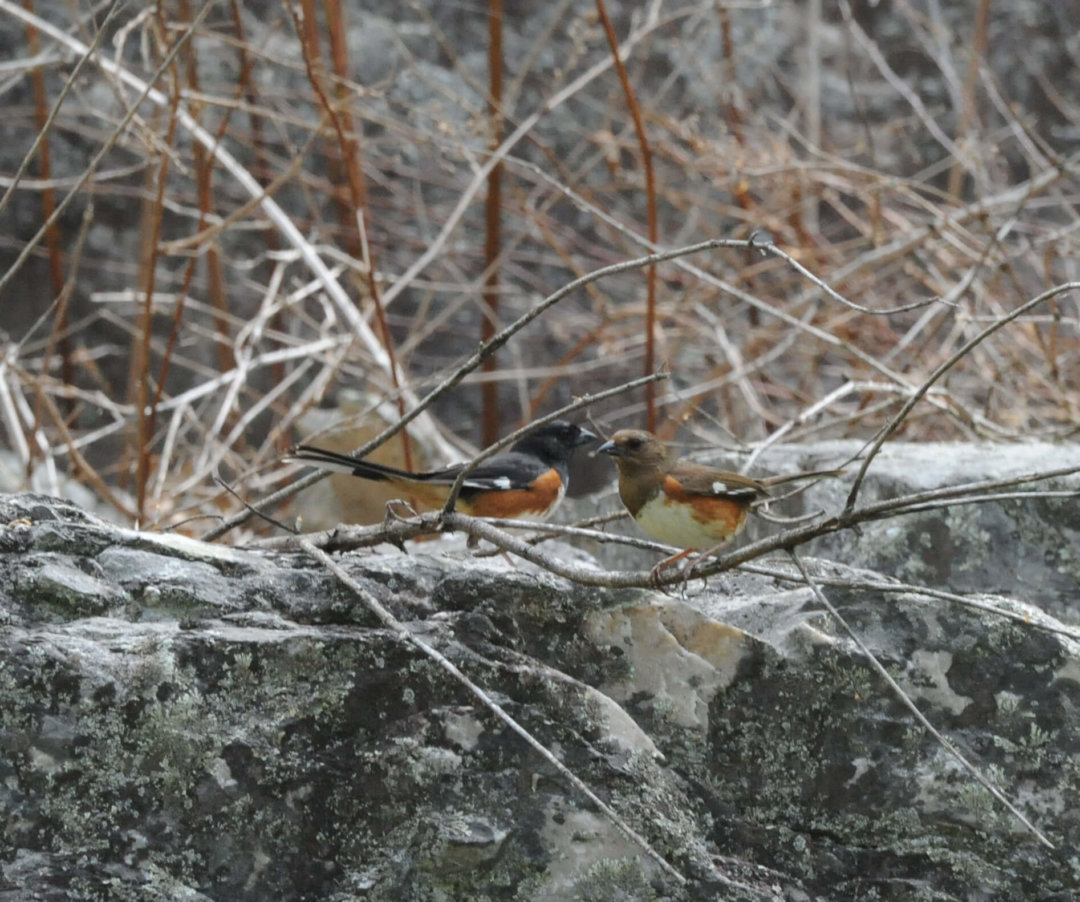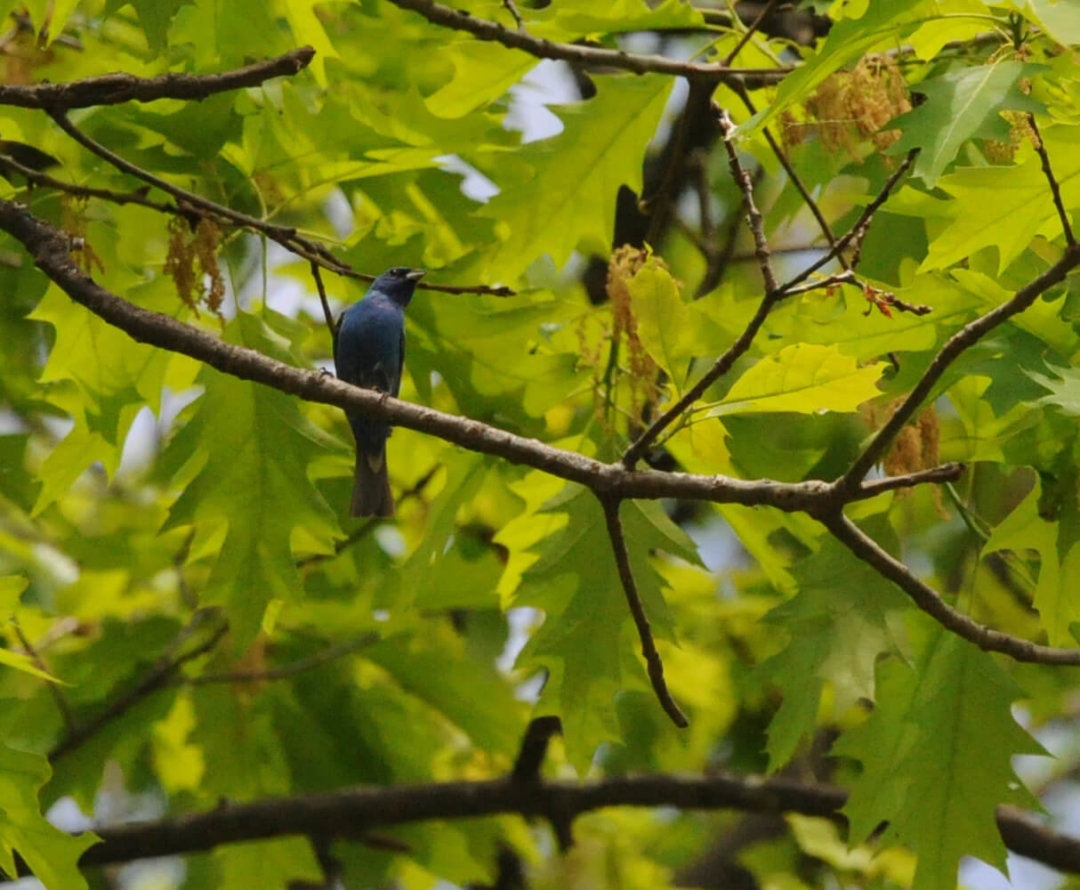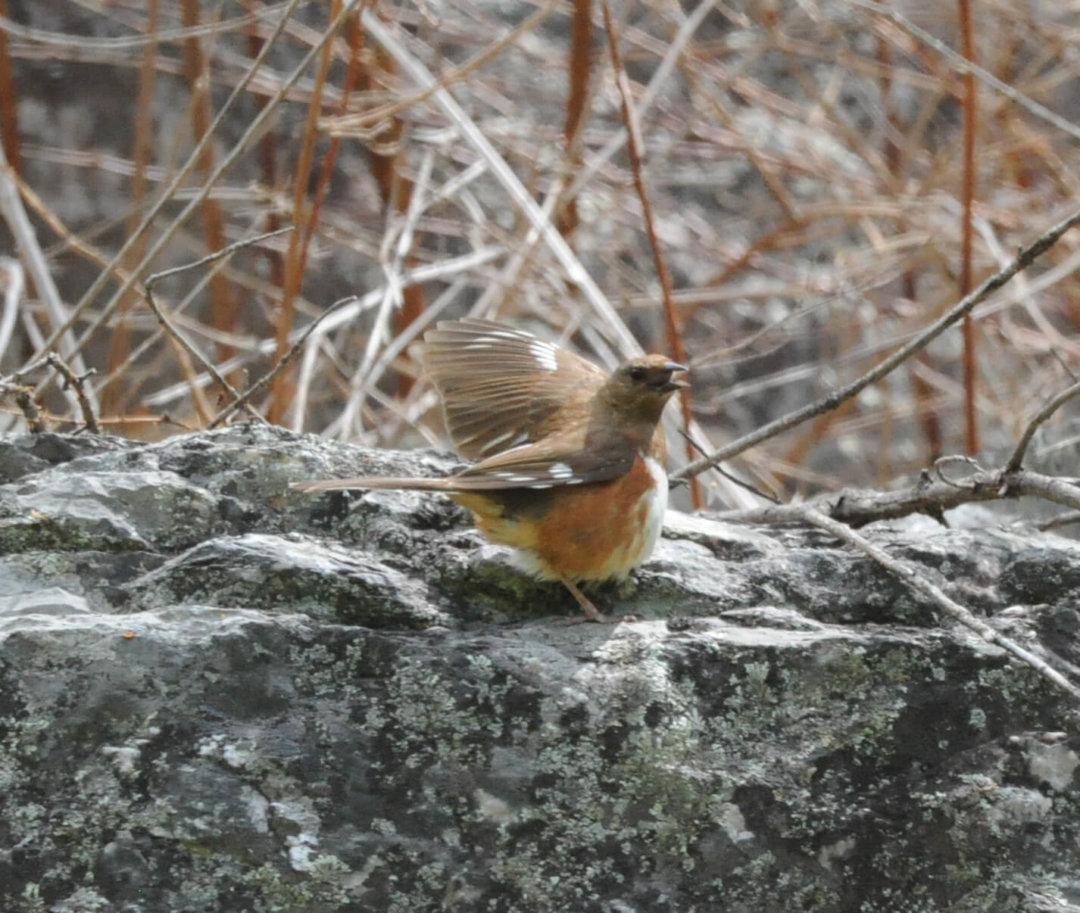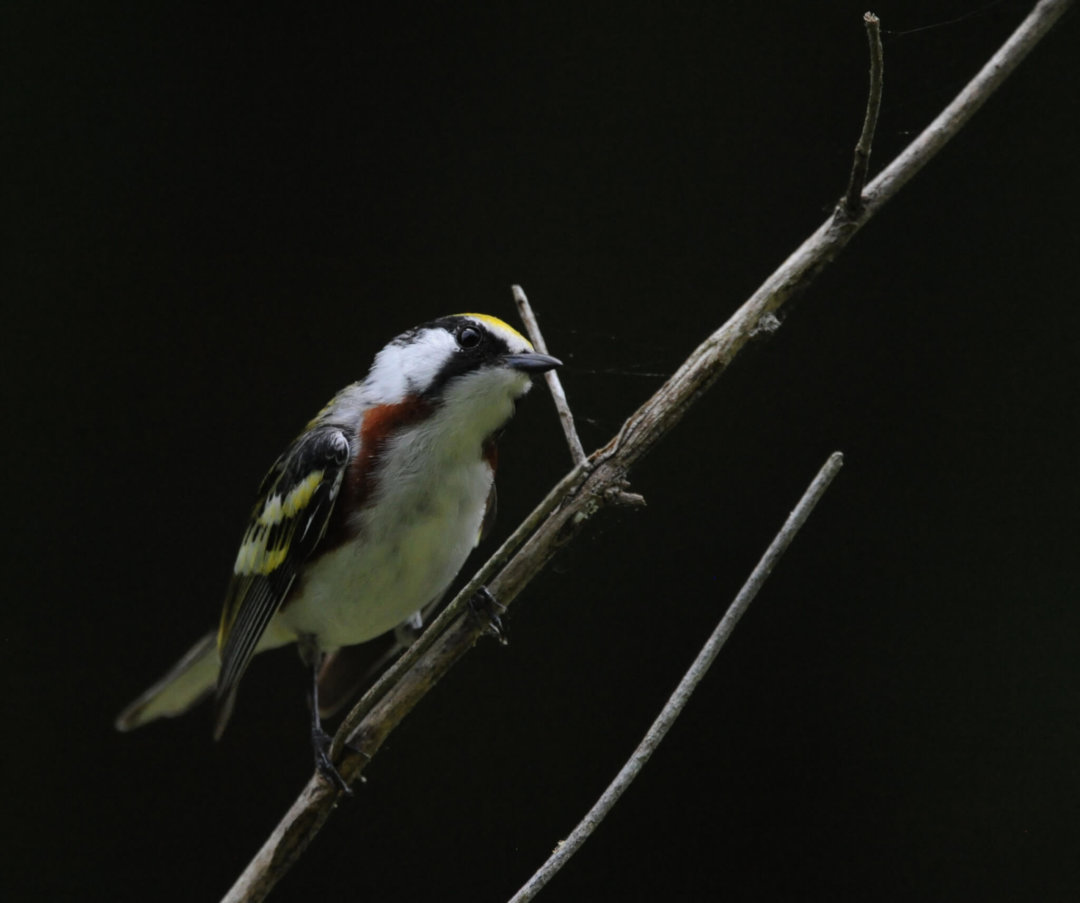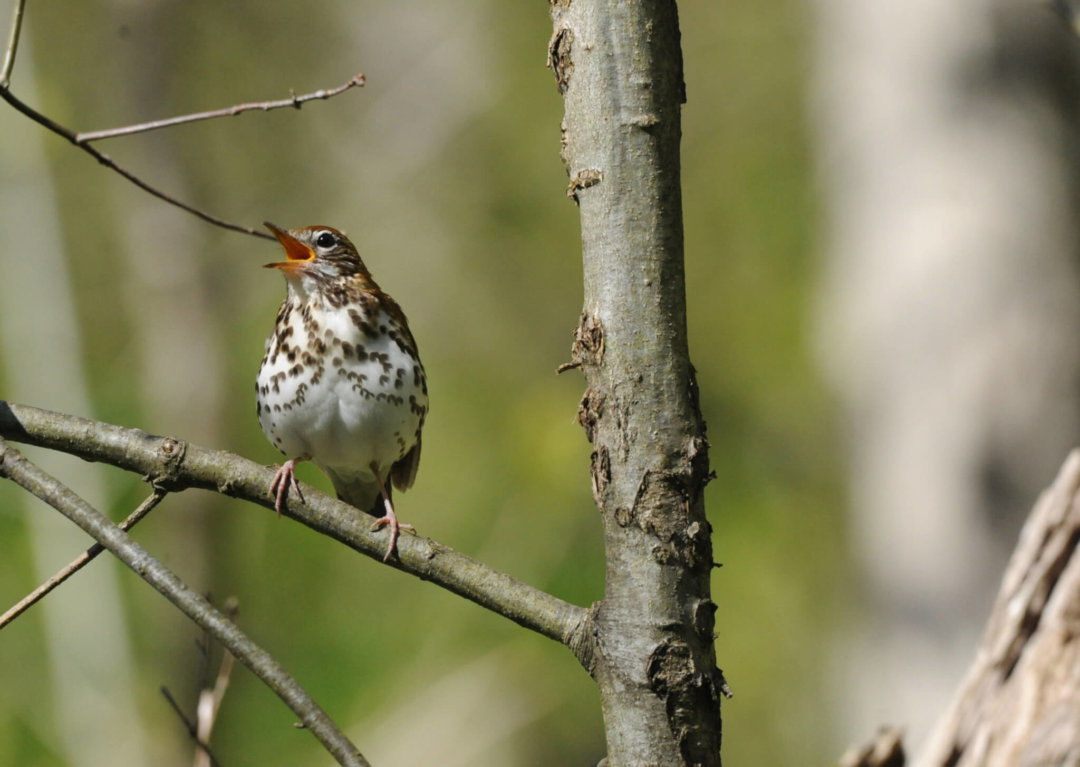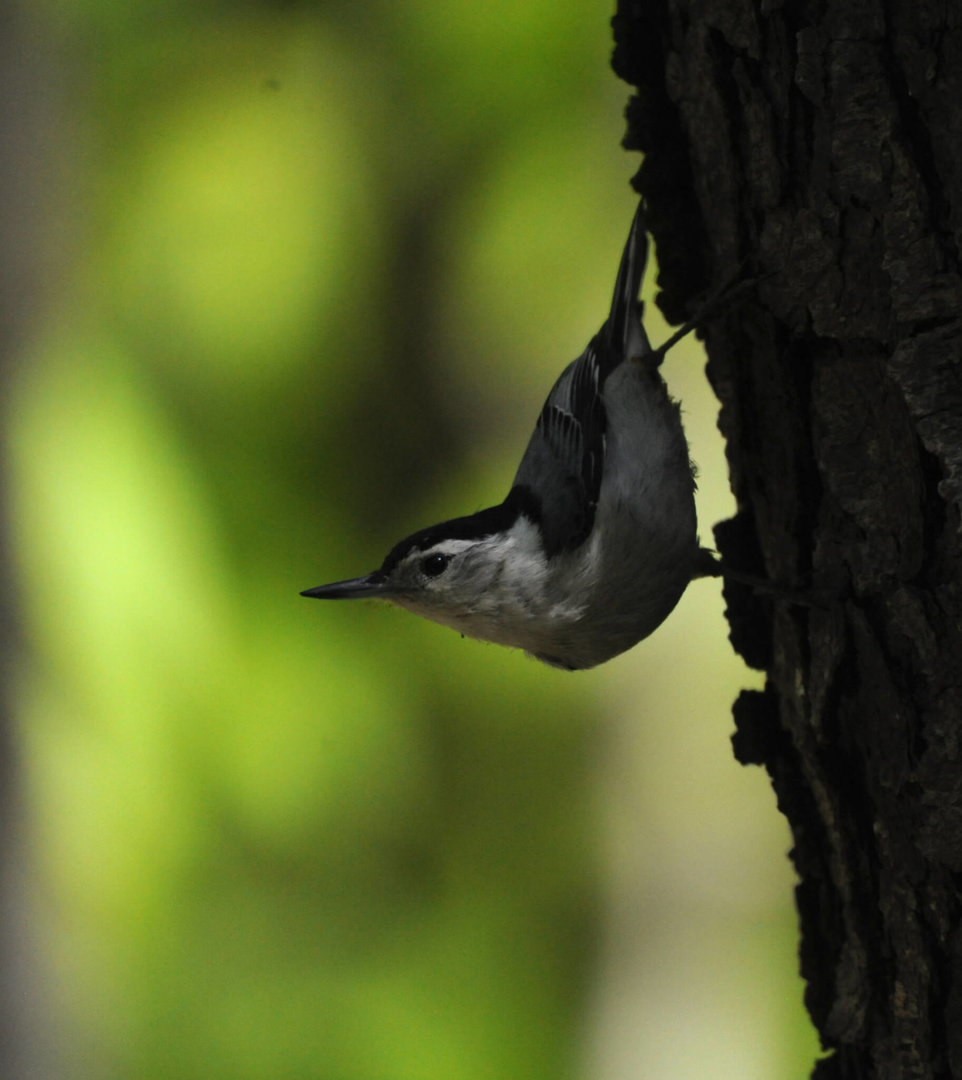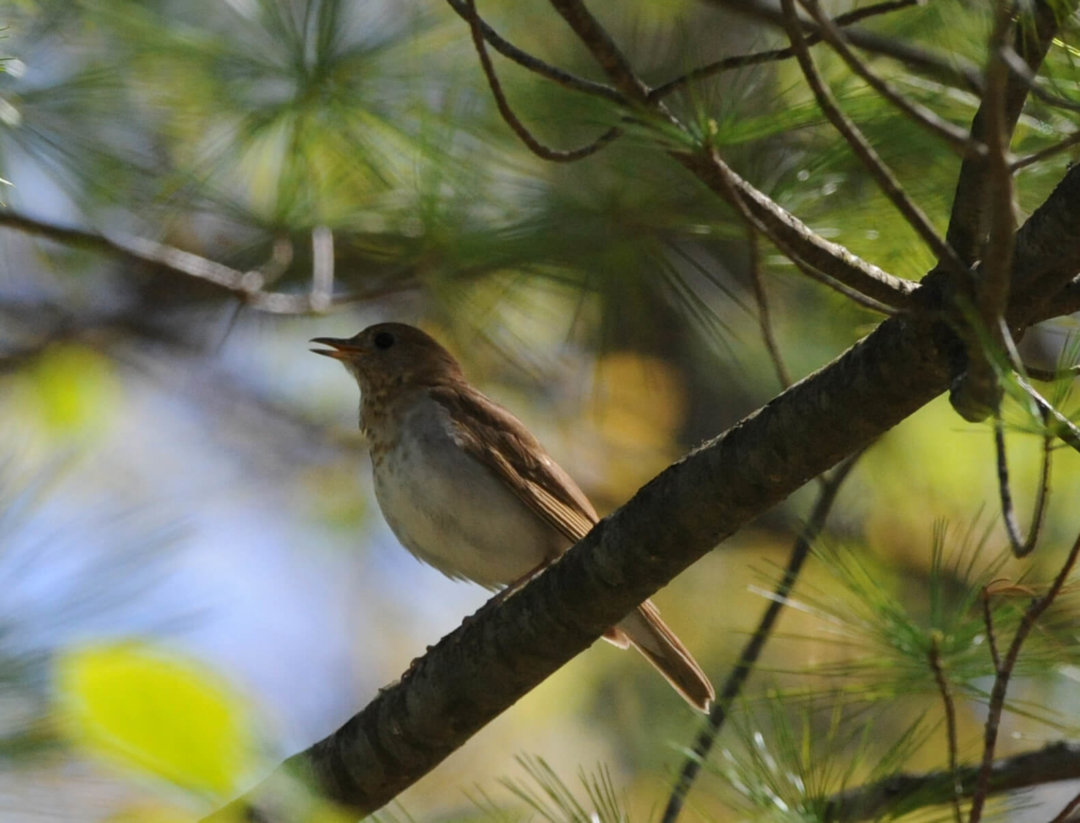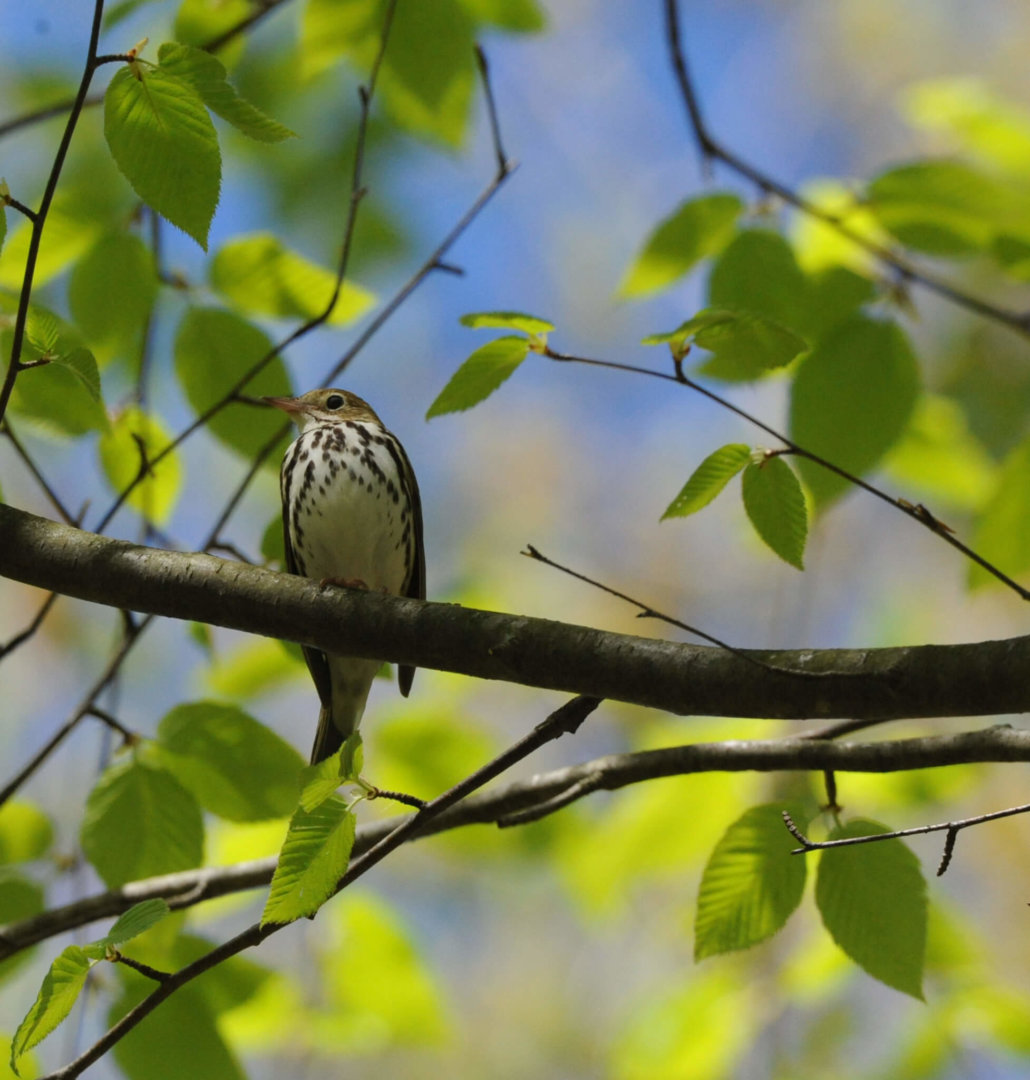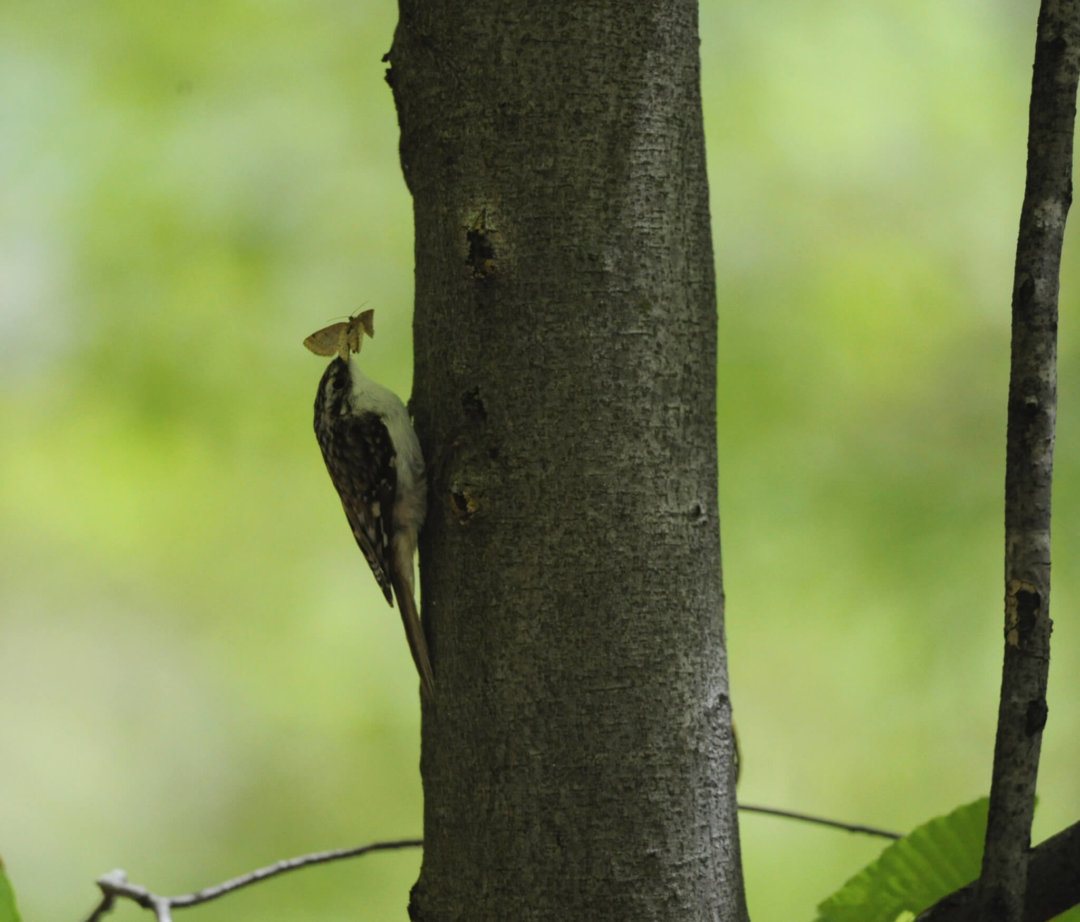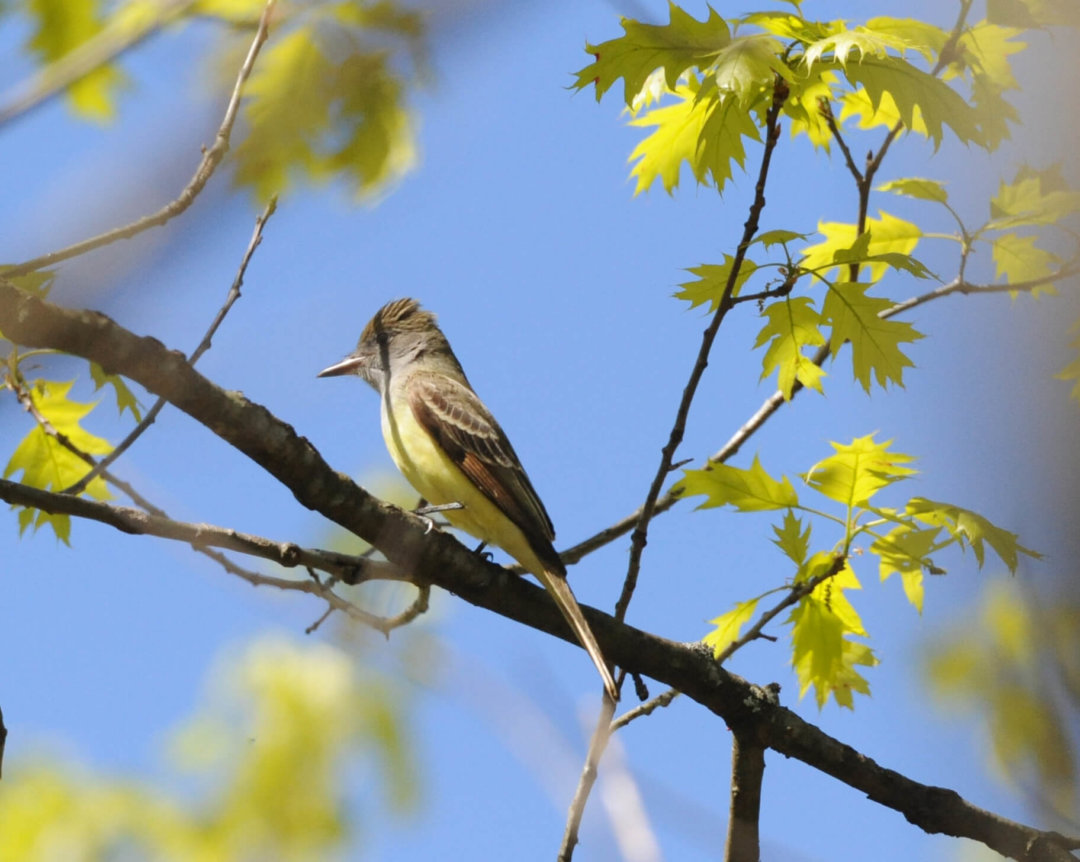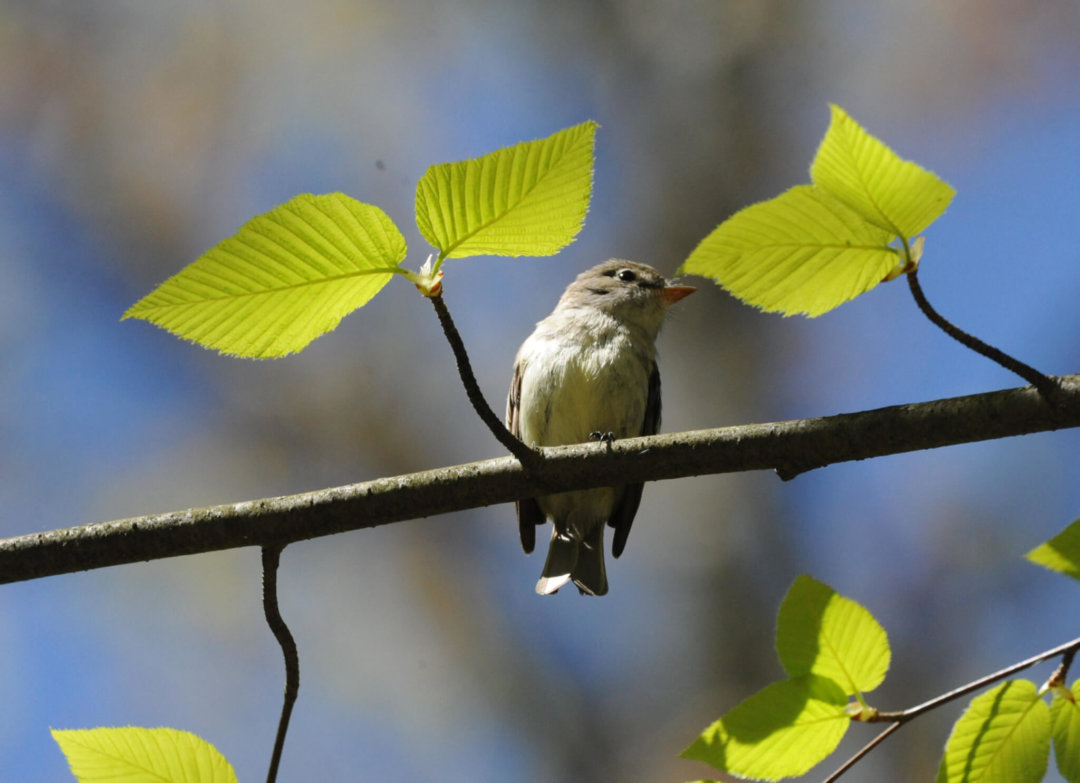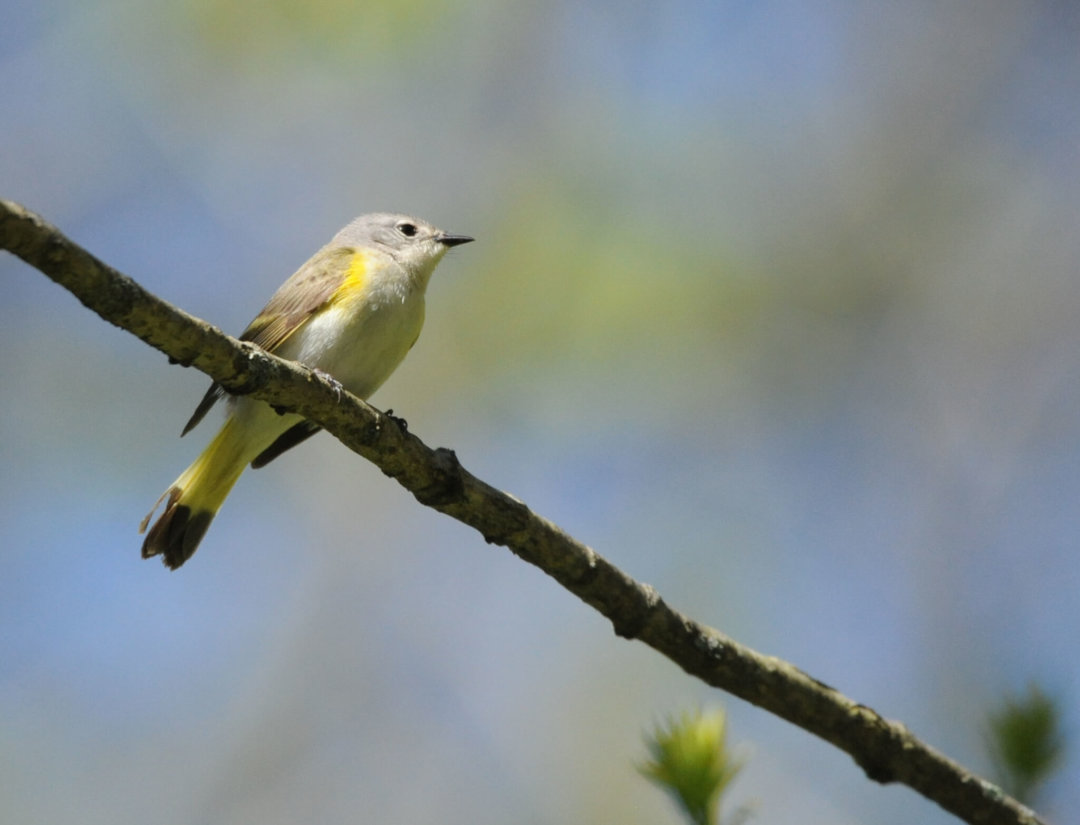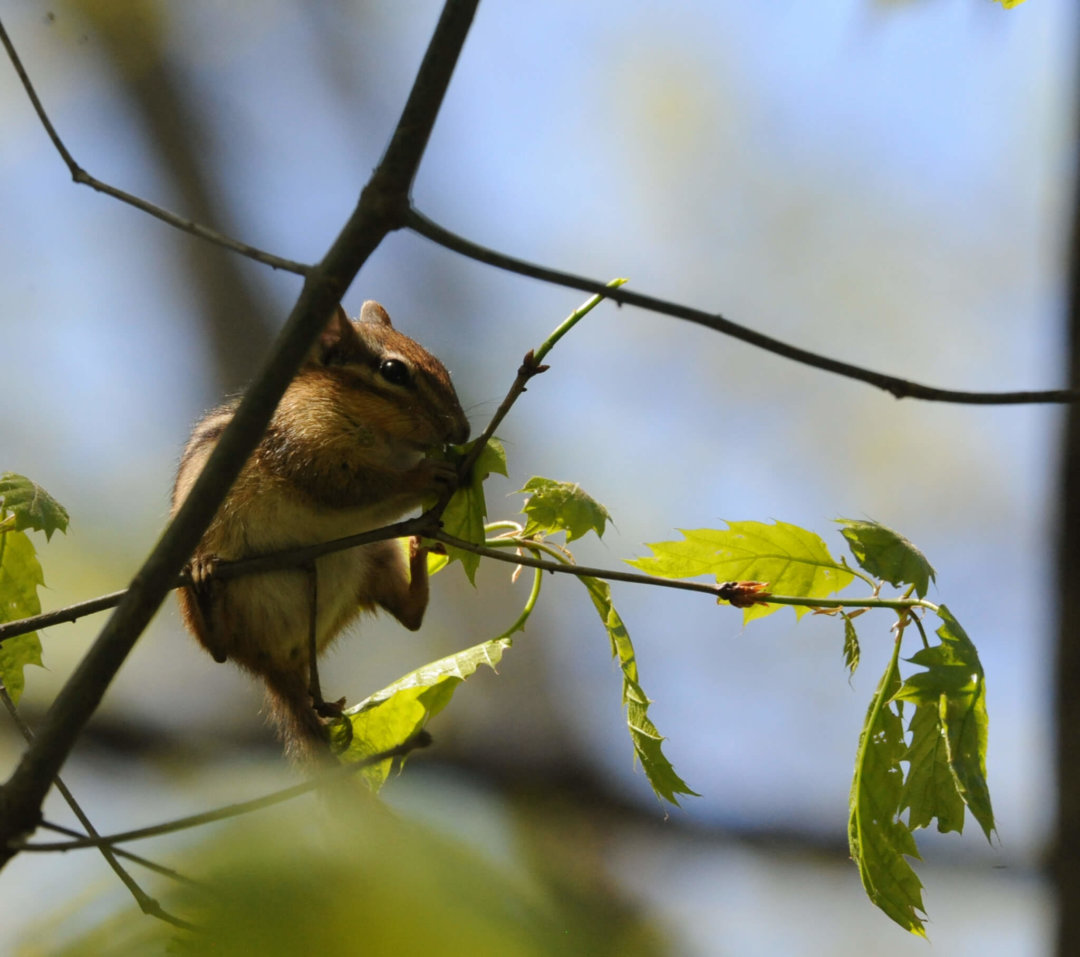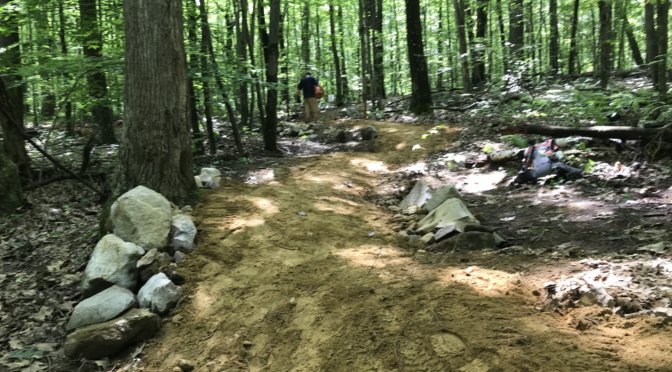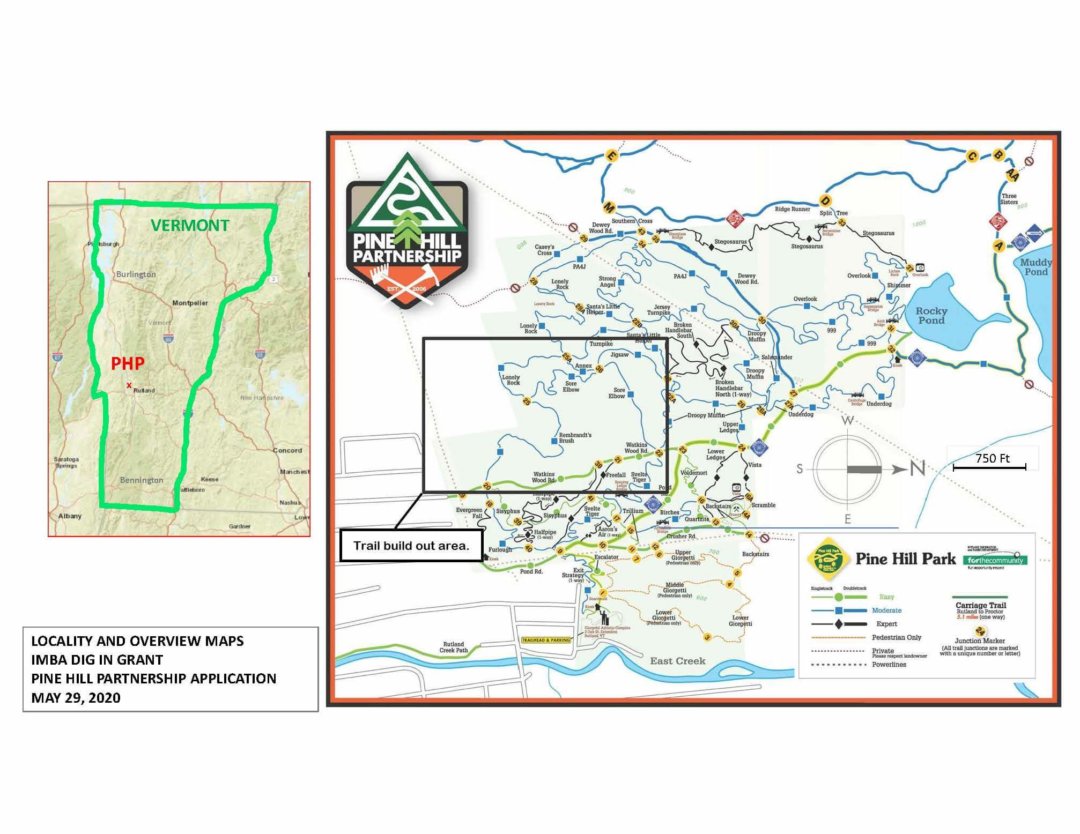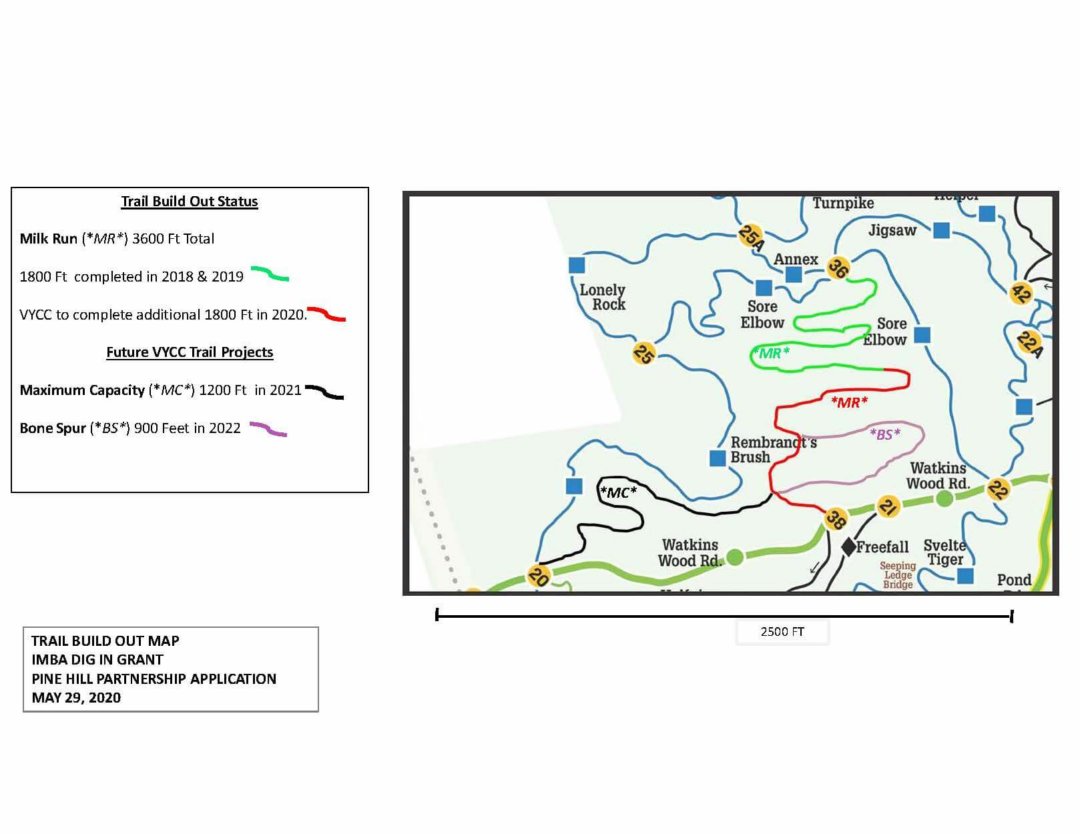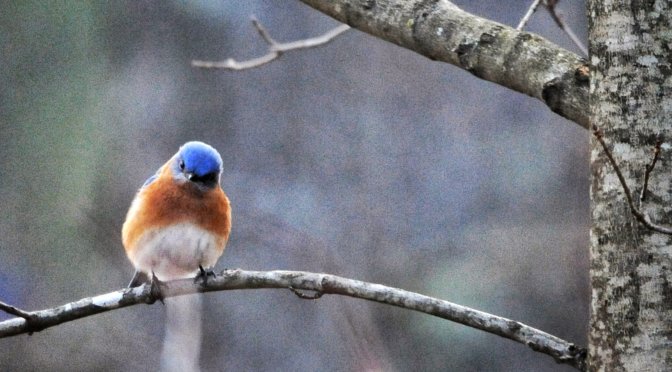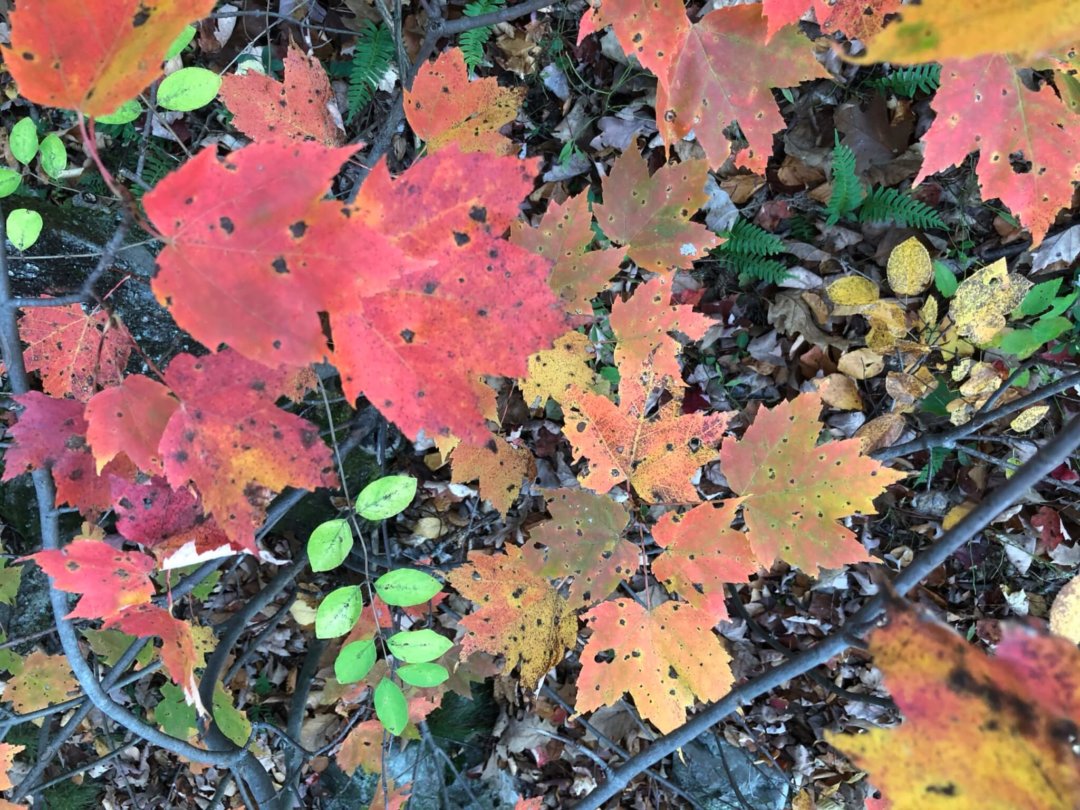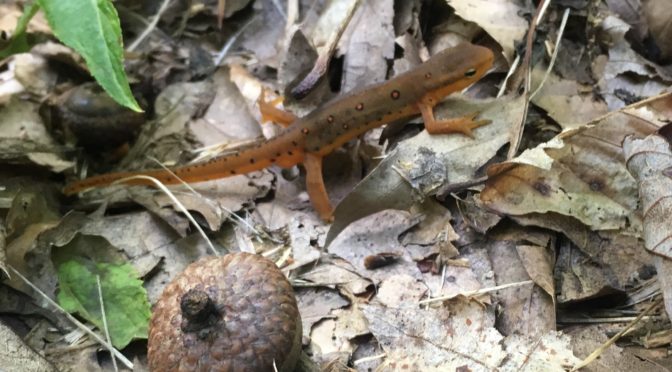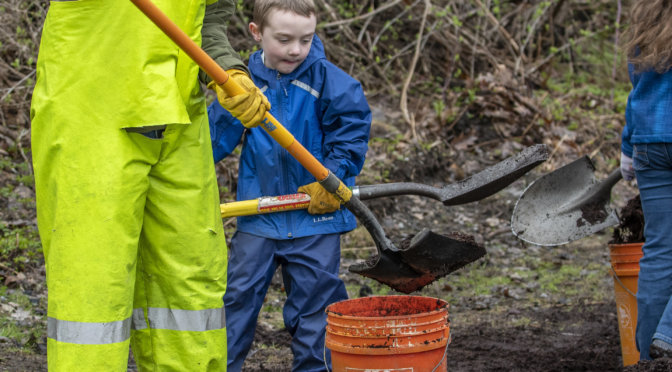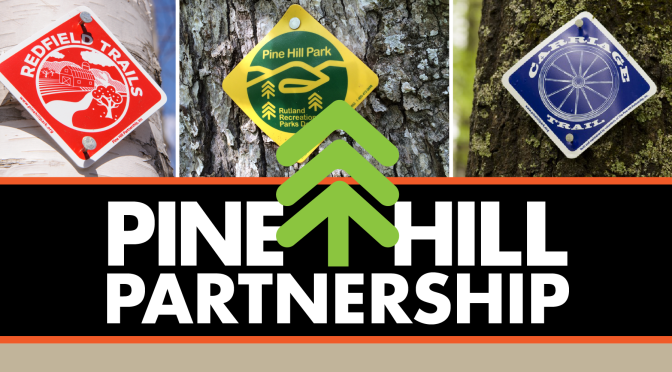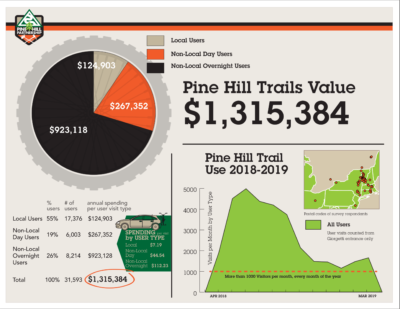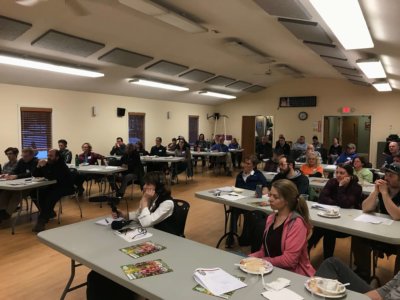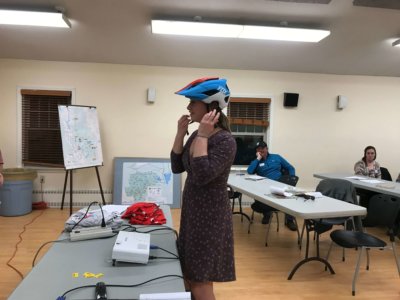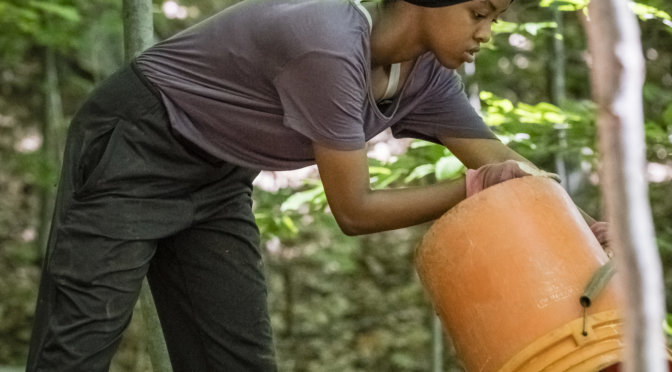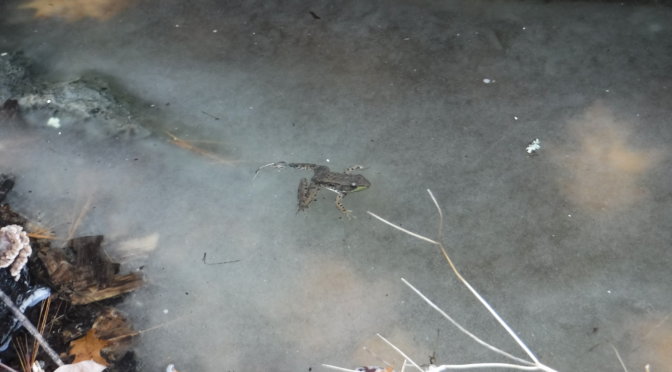Thanks to Tom Estill we have these great nature reports.
Driving up to the pine hill park parking lot on the first day of spring, I was pleasantly surprised to see my first robins of the season scurrying about the ground looking for worms and other food to eat. Otherwise, the only other birds I saw that day were downy and hairy woodpeckers, crow, Canada geese at Muddy Pond, and tufted titmouse. At Rocky Pond, I observed a pair of turkey vultures circling above the rocky overlook, then land among the rocks. Thinking they might be considering nesting there, I walked up the trail and took a closer look but found no birds, nor nest. Rocky Pond was mostly open water, with a thin layer of ice covering the south and east shores. Numerous Eastern newts could be seen swimming near the shores where there was open water. Two days later, all ice was gone from Rocky Pond. Muddy Pond, on the other hand, still had a small amount of ice on its west side shore. At Muddy Pond, you could see Mallards, wood ducks and Canadian geese, along with 2 osprey flying overhead.
March 26th found Eastern bluebirds sitting on the trailhead area bird houses, occasionally flying in and out of the boxes. Very exciting to see, but tempered with the knowledge that they probably would not nest so close to all the park visitors going into, and coming out of, the park. And after watching the boxes closely for a few weeks, that’s exactly what happened. On this day, all ice was gone from both ponds, and numerous wood ducks could be heard calling in the wetland area just south of Rocky Pond. The first butterflies of the season, the mourning cloak and the Eastern Comma were seen, as well as the first wildflower of the season(as usual), the Coltsfoot. The last thing of interest on this day was the sighting of an Eastern garter snake near the quarry cliffs.
The last day of March found the oak trees starting to bud, common mergansers at Muddy Pond, and barred owls “hooting” near Trail sign #14.
The first week of April found both hooded and common mergansers on Muddy Pond, white breasted nuthatches building nests in tree cavities, osprey nesting for the 4th year in a row at Muddy Pond, and spring peepers starting to make their presence known with their piercing calls. While walking along Crusher Rd., I heard numerous gray squirrels and Eastern chipmunks sounding their alarm calls, then watched a beautiful red fox run across the road. During an evening walk, I noticed how quiet the forest was but knew that soon it would be filled with the sound of numerous birds as they established their territories, and began their mating rituals.
On April 19th, bluebirds were still flying in and out of the birdhouses, which surprised me very much. Were they actually going to nest in those exposed boxes, I wondered. Yellow-bellied sapsuckers had returned, and you could not walk anywhere within the park without hearing the drumming of those birds. It seemed the park was filled with them. I had never heard so many.
A broad-winged hawk was seen flying through the forest with a chipmunk hanging from its talons. Hermit thrushes had returned, along with the first warbler of the season, the American Redstart. And at Muddy Pond, Canada geese had begun nesting atop beaver dens.
By April 23rd, the forest was alive with numerous southern migratory birds having arrived, wood frogs calling during the day, Canada geese and Osprey nesting, trailing arbutus flowering, and turkey vultures continuing to fly over the Rocky Pond lookout. I had the feeling that they were probably interested in nesting there, but the presence of hikers would keep that from happening. The evening was still very quiet.
By the last week of April, spring peepers were being heard all over the Rutland Area, trout lily was flowering, tiny wood frog tadpoles were emerging from their eggs, painted turtles were sunning themselves, and the forest was filling with birds. On one birdwalk April 28th, I saw a cardinal, tufted titmouse, yellow-bellied sapsucker, rufous-sided towhee, yellow-rumped warblers, white-breasted nuthatch, black-capped chickadee, robin, crow, Eastern phoebe, ring-necked ducks, Canada geese, red-shouldered hawks, osprey, and yellow-throated vireos.
The first week of May found a pair of broad-winged hawks checking out a nest near Trail Marker 12. But its proximity to hikers would keep them from nesting there, unfortunately. And on May 2nd I saw something I had never seen before. A yellow-bellied sapsucker and hairy woodpecker were fighting up and down this tree for the longest time until they both flew off into the forest. Fiddleheads were emerging, wood anemone, barren strawberry, painted trillium and purple violets were flowering, and on May 2nd, dozens of painted turtles could be seen sunning themselves on Muddy Pond. Black-throated blue warblers, black and white warblers and black-throated green warblers were seen for the first time.
On May 7th, adult Canada geese were seen swimming with their 4 goslings at Rocky Pond, and gay wings and dwarf ginseng were in flower.
On May 14th, night temperatures reached near 32 degrees F, which turned out to be the last near freezing temp. of the season. During that day, I saw my first blue-headed vireo.
Two days later, the American chestnuts began “leafing out”. All 50 chestnuts had survived the winter except for one. One of the trees is now 11 ft. tall!
By the start of the third week of May, summer resident birds had all pretty much returned with the exception of only a few birds. Residents now included the beautiful scarlet tanager and indigo buntings, Eastern towhee, ovenbird, and various flycatchers.
On May 19th, while walking along Crusher Rd., I once again heard numerous chipmunks giving warning calls to one another, and sure enough, a moment later, a barred owl came flying across the road right in front of me. Gray treefrogs could be heard throughout the whole forest with their distinctive call.
On May 21, Shelley Lutz and I went on an interesting bird walk. While I used my Bird Calling App. to attract birds, she had her camera ready to take close ups of the birds as they came near to investigate. You can see some of her amazing photos on the Pine Hill Park Partnership website. I’ll tell you, she got some amazing photos. See for yourself!
On May 23rd, while walking on the Carriage Trail, suddenly out of the woods right in front of me jumped a mother ruffed grouse with “fluffed” up wings, coming at me aggressively, and making a high pitched squeaking noise. Hiding in the shrubbery nearby were her chicks. I just casually moved away not wanting to bother her anymore than I had to.
During the last week of May I saw the ruby throated hummingbird feeding on honeysuckle flowers, a small toadlet crossing the carriage trail, 2 broad-winged hawks fighting near the quarry, a beautiful tiger beetle, and a chipmunk feeding on red oak leaves. By the way, leave the tiger beetles alone, they have a nasty bite.
On May 28th I found a chestnut-sided warbler nest being built just a few feet away from Trail Marker #11. A few days later, the nest had 2 eggs in it. Then a few days after that, the eggs were gone and the nest abandoned. I have no idea what happened. The nest hadn’t been damaged. That same day, I saw a rose-breasted grosbeak in the forest. In fact, Shelley identified its call, before I even saw it.
By the end of May the common buttercup, forget-me-not, pink azalea and starflower were all in bloom.
Mid June found 2 families of geese on Rocky Pond, yellow wood sorrel, dwarf cinquefoil, thyme-leaved speedwell, common fleabane, king devil, and dame’s rocket all in flower, adult veery were feeding their young, schools of baby brown bullheads could be found in Rocky Pond, and fireflies were seen the first time on June 17th.
On the last day of spring, I saw a gorgeous white-tailed deer crossing Crusher Rd. Since then, I see THEM almost everytime I hike in that area on my early morning hikes.
That’s it for this issue. Please stay on the trails, and enjoy your walks, hikes, and times at Pine Hill Park.

